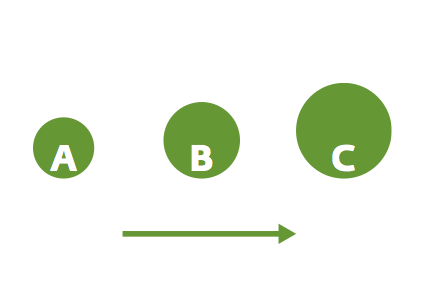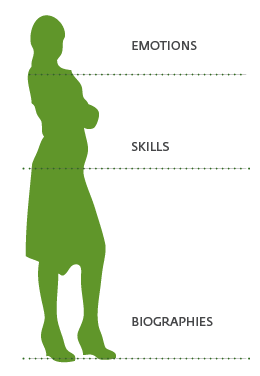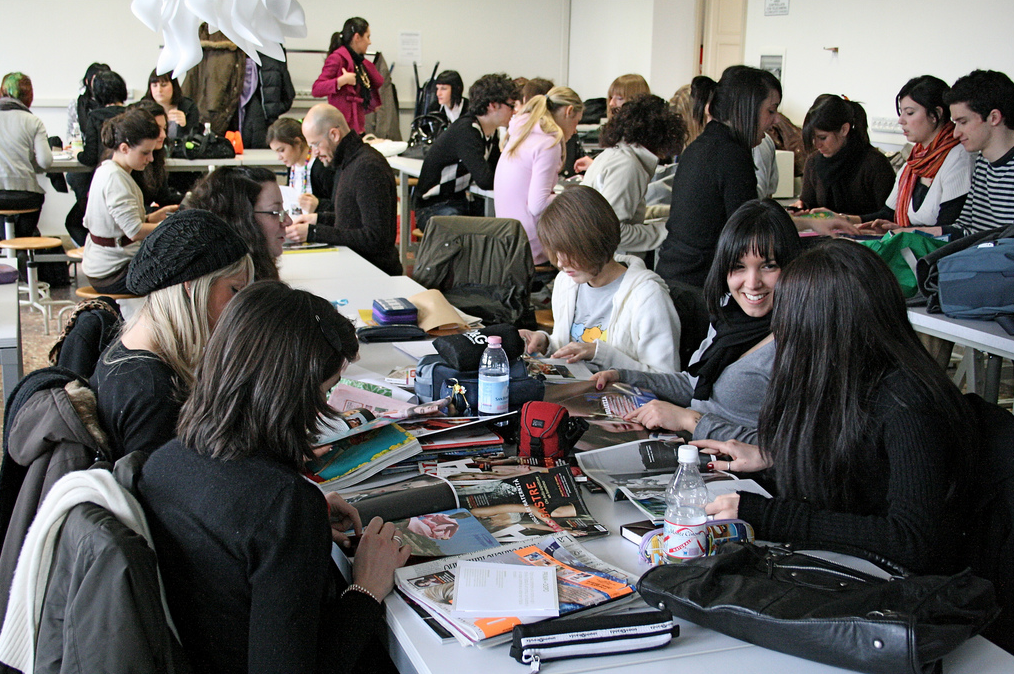
Design became in the last decade more and more focused on people, the ultimate and real judges of products and services. To do this designers needed to adopt new methods to research, design and evaluate their ideas. Field observation, interviews, first person experience became the basic practice for gathering insights and information. IxD designers use on a daily base personas (finctional characters) and scenarios (short situated stories) to prototype and communicate their projects.
In my experience I discovered two problematic areas with interesting opportunities of development:
- Storytelling is mainly used as a communication tool throughout the design process and hardly never as a creative tool.
- Personas and scenarios sometimes are flat and stereotypical not challenging designers to provide provocative or innovative answers.

To achieve a deeper comprehension of narrative and use it in a creative way I develop a number of exercises based upon the fundamental elements of a story.

Before and after
A story is a linear sequence of events. Designer are asked to choose an object, imagine and visualize what there could be before and after it. Objects, pictures, words, even a simple dot could become part of a temporal sequence and deliver unexpected meanings.

Details matter
In any story, simple or complex, details are responsible for its success. Telling a story only through its details is equal to create a sort of narrative jigsaw where a single move changes everything and different mixes generate new narrations.

The secret life of characters
Characters can be defined by a number of different categories:
- emotions
- actions/skills
- biographies
In general these three categories are coherent in real persons but in order to generate more challenging profiles designers are asked to play a sort of mix and match game and create original and extreme characters.
Real persons are not static in their feelings and behaviour. For this reason designers need to consider how this elements evolve in their characters’ perspective.
Narrative patterns
Once the designers have the characters and the basic elements of the plot it’s time to enrich the stories moving them into narrative structures, one of the most challenging aspects of storytelling.
The structures are patterns inherited from our cultural and mythological history. They are deeply fixed in our commom sense behaviour and we almost unconsciously use them to understand our perception.
In 2004 Christopher Booker published the book The Seven Basic Plots where he identifies seven narrative patterns that can be found in every story, from the ancient greek myths to the latest blockbuster movies. I built upon Booker’s theory seven narrative maps and a deck of inspiration cards that help the designers develop the right stories for their purposes.

Each map contains a simple timeline with a number of keypoints and questions. Depending on the project the designers need to choose which is the best structure and then match to it all the elements they have in order to create a meaningful story and use it to organize their work.
Narrative Design
At this point the stories are more than scenarios, they are what I call a detailed synthesis of all the project instances, from the users’ needs and expectations, to the client’s requests and the designer’s point of view. The stories can now be used as a roadmap for brainstorming and designing new ideas and solutions. Each element of the story represents a crucial or problematic element of the project. Designers can go through each element identifying possible solutions that can later become design principles useful for the whole process.
Workshop
On the 5th of March I ran a workshop with the students of the IUAV undergraduate course in fashion design in Treviso testing the exercises and the method I developed.
During the workshop the students created stories to explore and imagine possible connections between the italian fashion and luxury industry and technical clothes and accessories such as trekking shoes and bags. Through the use of storytelling the students succeed in highlighting users’ needs and values and sketched a number of possible solutions.
The report
Click on the preview to explore a fullscreen version of te report but please be patient.. sometimes Issu takes some time to load the pdf.
download here the pdf in screen resolution [2.9 mb]
Future development
During this project I realize that is possible to extend the benefits of this approach to the project plainning and management practise. The use of the narrative paradigm allows the designers to put every element of the project in a precise timeline where everything is based on logical cause-reaction and common sense patterns.
Design is never static and I’m working on translating my research to English and developing it with more accurate tools.
Acknowledgments
I want to thank the IDEO London team and especially Niels Clausen Stuck, Juho Parviainen, Gen Suzuki and Aimee Tobin who gave me the initial inspiration for this project, the teachers and students of Scuola Holden in Turin where I conducted interviews for this project, the director of the fashion design course Maria Luisa Frisa who made the workshop possible, the students who attended it and all the IxD students in Venice for helping and suggesting me throughtout the work.
